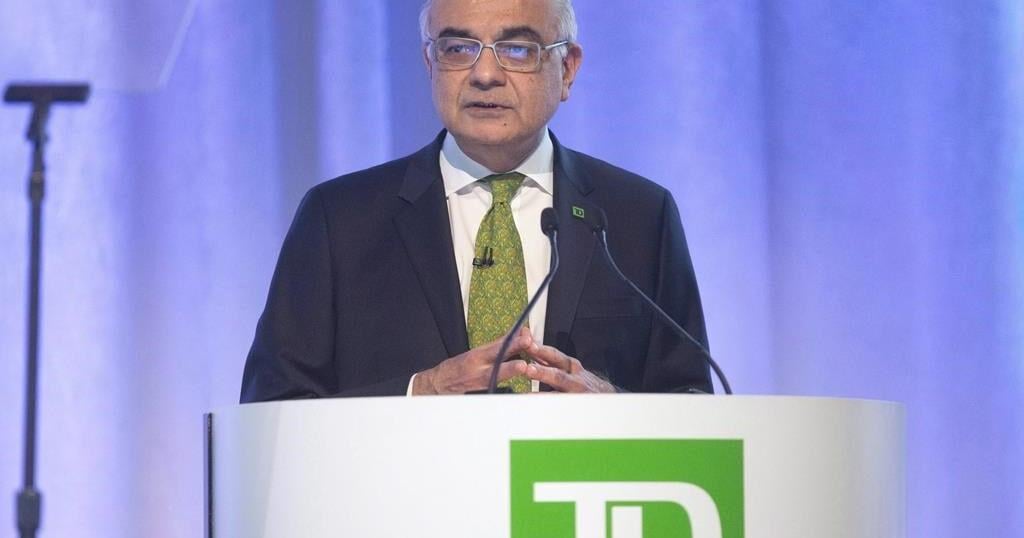Crude oil production in the United States has been on the rise, topping 10.86 million bpd in September—the highest since May. Still, it’s a lot lower than it was a year ago and likely to remain lower for the observable future. It looks like U.S. shale’s heyday is all but over, thanks to the pandemic.
This is not just an observation, either. Shale oil executives themselves see little chance for major production growth in the patch in the next few years—if ever—as OPEC reasserted itself as the ultimate swing producer globally with its April production cut deal that is still keeping a floor under prices.
“In the future, certainly we believe OPEC will be the swing producer — really, totally in control of oil prices,” said Bill Thomas, EOG Resources chief executive, as quoted by Bloomberg. He went on to add something else quite significant:
“We don’t want to put OPEC in a situation where they feel threatened, like we’re taking market share while they’re propping up oil prices.”
U.S. shale was hailed, just a few years ago, as the nemesis of OPEC—the rival that OPEC needed to get a reality check and think twice before manipulating oil markets for its own gains. As recently as a couple of years ago, some argued OPEC was irrelevant in a world where the U.S. was on its way to becoming the largest producer, thanks to shale. Then, last year, the U.S. did become the world’s largest producer of oil. And then the pandemic struck.
Related: Norway To End Oil Production Cuts On December 31st U.S. total crude oil production fell by as much as 3.4 million barrels daily in a matter of months, driven purely by the market forces of low oil prices and demand destruction. What’s more, the pandemic also highlighted already existing—and persistent—problems in the capital-intensive industry. Low investor returns and lower than expected well productivity pitted shale boomers against their shareholders and their lenders. Layoffs and bankruptcies ensued promptly.
Between January and October, 43 oil and gas producers in North America filed for bankruptcy protection. Most of them were from the shale patch. Job losses are in six-figure territory again. And the merger and acquisition activity is unusually slow. Save for a handful of large deals, buyers have been reluctant to increase their exposure to shale.
Recovery has been slow, too, mostly because prices have remained persistently low—too low for much of shale oil production to make economic sense—but also because expectations for the future of oil demand are changing.
Many, including BP, now believe peak oil demand is already behind us. There is also the green transition drive that has swayed investors and lenders alike and sent them on a chase of environmental, social, and governance investments. The whole oil and gas industry is vulnerable to the results of this chase, but shale oil and gas are particularly vulnerable because of their capital intensity: a shale oil well takes months to drill and frack, but it also takes months to drain so new wells need to be built to just maintain production.
Most U.S. shale oil producers have a breakeven price of between $60 and $65 a barrel. Some do have much lower breakeven levels, as low as current oil prices, but this is not a sustainable breakeven level: a company also needs to make a profit to survive over the longer-term.
Related: Fitch Sees Brent At $45 Next Year
Some believe all that U.S. shale needs is a higher oil price to return to growth mode. That’s what happened in previous downturns, after all, so it makes sense to expect the same pattern again. Only experts of all sorts have said that this crisis is like no other, and nowhere is this truer than in the energy sector. The kind of demand destruction the pandemic wrought on oil and, to a lesser extent, gas, has no precedent in history, so all bets are off. Further, the green push will make some of that demand destruction permanent, forcing oil and gas producers to rethink their long-term strategies.
Perhaps reports about U.S. shale’s death have been greatly exaggerated: drilling has been recovering in the past few months, although the number of active rigs is nowhere near where it was this time last year. It will likely continue to recover next year as well, but this recovery will be slow and cautious.
“I see no more growth until 2022, 2023, and it will be very, very light in regard to the U.S. shale industry ever-growing again,” the chief executive of Pioneer Natural Resources, Scott Sheffield, told Bloomberg in an interview earlier this year.
Now, even the continuation of the current recovery in U.S. shale production became questionable. OPEC+ agreed to boost oil production by half a million barrels daily from January next year. The decision was a hard compromise and bad news for oil prices despite their trader-driven instinctive jump on the news of an agreement. With another half a million bpd of OPEC+ oil coming to the market, U.S. shale will need a lot of good news from the vaccine front to start feeling safer at higher oil prices.
By Irina Slav for Oilprice.com
More Top Reads From Oilprice.com:


























